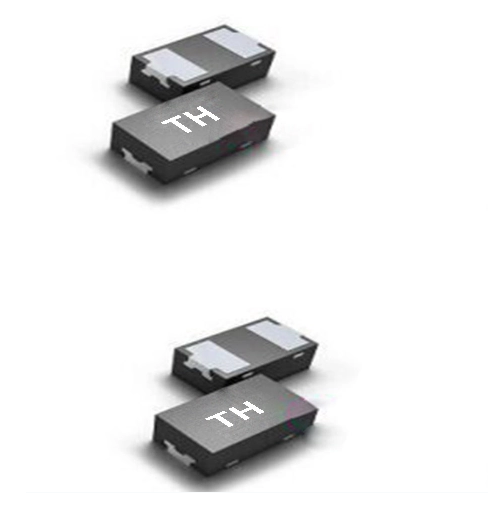When it comes to turbocharged engines, the quest for optimal performance often leads enthusiasts to consider various modifications. One such modification that frequently sparks debate is the installation of an external wastegate. But is an external wastegate worth it? In this article, we will delve into the intricacies of wastegate systems, the advantages and disadvantages of external wastegates, and how they can impact your vehicle's performance.
Understanding Wastegates: Internal vs. External
Before we explore the merits of external wastegates, it’s essential to understand the fundamental role of a wastegate in a turbocharged system. A wastegate is a valve that regulates the flow of exhaust gases to the turbocharger, controlling boost pressure and preventing overboost conditions that can lead to engine damage.
There are two primary types of wastegates: internal and external. Internal wastegates are integrated into the turbocharger housing, while external wastegates are separate components mounted on the exhaust manifold. Each type has its own set of advantages and disadvantages, which we will examine in detail.
Advantages of External Wastegates
- Improved Boost Control: One of the most significant benefits of an external wastegate is its ability to provide more precise boost control. Because it is located away from the turbocharger, it can react more quickly to changes in exhaust pressure, allowing for better regulation of boost levels. This responsiveness can lead to a more stable power delivery, especially in high-performance applications.
- Reduced Turbo Lag: External wastegates can help reduce turbo lag by allowing for a more efficient flow of exhaust gases. By venting excess exhaust pressure away from the turbo, they can keep the turbo spinning at optimal speeds, resulting in quicker spool times and improved throttle response.
- Enhanced Exhaust Flow: An external wastegate can improve overall exhaust flow by providing a larger exit path for exhaust gases. This can lead to lower back pressure in the exhaust system, which can enhance engine efficiency and performance, particularly in high-horsepower builds.
- Customization and Tuning: External wastegates offer more flexibility in terms of tuning and customization. They come in various sizes and spring pressures, allowing enthusiasts to tailor their setup to specific performance goals. This adaptability can be particularly beneficial for those looking to push the limits of their turbocharged engines.
Disadvantages of External Wastegates
- Installation Complexity: One of the primary drawbacks of external wastegates is the complexity of installation. Unlike internal wastegates, which are often a straightforward bolt-on solution, external wastegates require additional plumbing and fabrication. This can lead to increased labor costs and may not be suitable for DIY enthusiasts without the necessary skills.
- Cost Considerations: External wastegates tend to be more expensive than their internal counterparts. The cost of the wastegate itself, combined with the potential need for custom fabrication and installation, can add up quickly. For budget-conscious enthusiasts, this may be a significant factor to consider.
- Space Constraints: Depending on the vehicle and engine layout, finding a suitable location for an external wastegate can be challenging. In some cases, space limitations may restrict the effectiveness of the wastegate or complicate the installation process.
Is It Worth It?
Ultimately, whether an external wastegate is worth the investment depends on your specific goals and the context of your build. For those seeking maximum performance, particularly in racing or high-performance applications, the benefits of improved boost control, reduced turbo lag, and enhanced exhaust flow can justify the cost and complexity of installation.
However, for daily drivers or those with modest performance goals, an internal wastegate may suffice. It provides adequate boost control and is generally easier and more cost-effective to install.
Conclusion
In conclusion, the decision to install an external wastegate should be based on a careful evaluation of your performance objectives, budget, and technical capabilities. While external wastegates offer significant advantages for high-performance applications, they may not be necessary for every turbocharged vehicle. By weighing the pros and cons, you can make an informed decision that aligns with your automotive aspirations. Whether you choose to go external or stick with an internal wastegate, understanding the nuances of your turbocharged system will ultimately lead to a more satisfying driving experience.

More Stories
High-Performance Cat7 S/FTP Network Cables for Infrastructure
Performance, Application Scenarios and Selection of External Panel Materials for Outdoor Mobile Shelters
What are the key technologies in the connector production process?